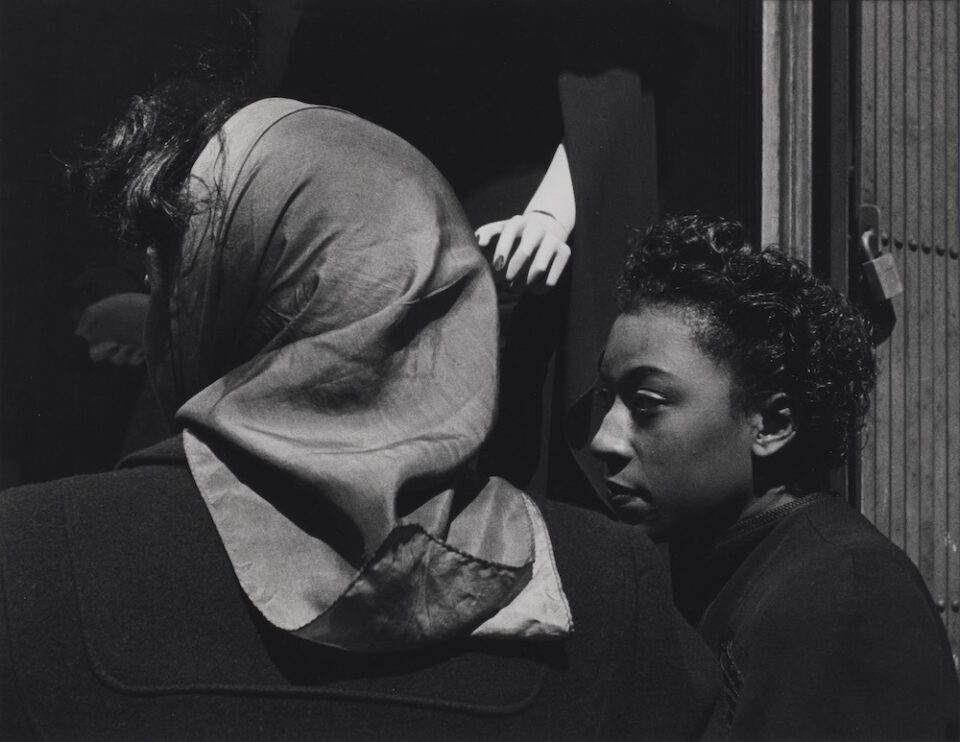A pair of hands clutch an infant, whose tiny, doll-like arms splay outwards. Neither subject’s face is in shot, but they don’t need to be. The caption tells us that this is a portrait of Bill and his son, taken in 1962. This tender image is prime example of the evocative and nuanced vision of photographer Roy DeCarava (1919-2009): his ability to seize apparently ordinary moments and express the true potency they hold.
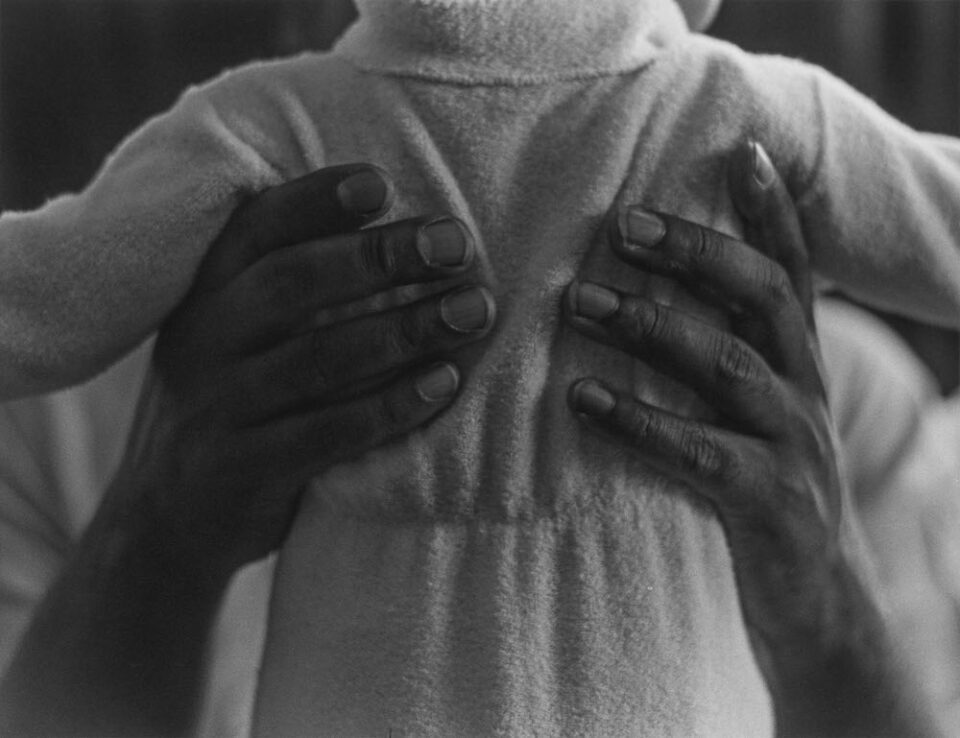
The Harlem-born artist’s work is currently on display at David Zwirner Gallery in London. It’s the artist’s first solo show in over 30 years, though he featured in Tate Modern’s 2017 exhibition Soul of a Nation: Art in the Age of Black Power. After becoming the first African-American photographer to receive a Guggenheim Fellowship in 1952, DeCarava collaborated on The Sweet Flypaper of Life with poet Langston Hughes. The book portrays the beauty of Harlem through the lens of everyday Black Americans and musicians.
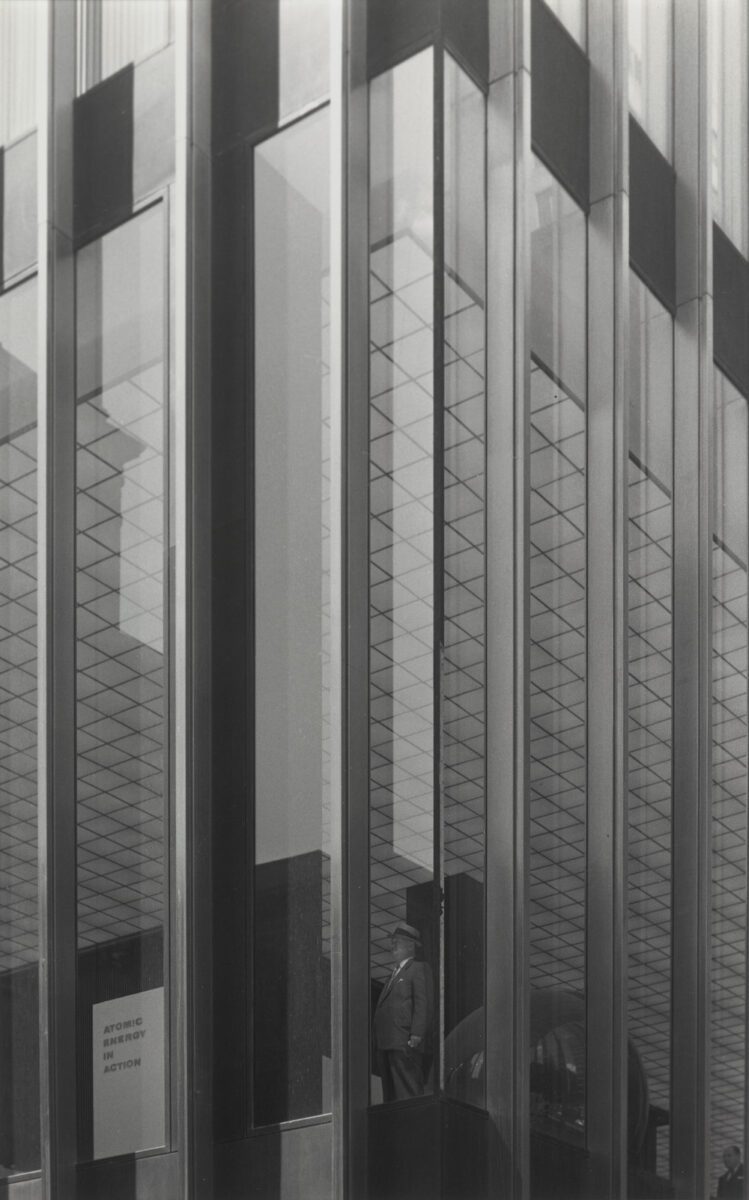
David Zwirner’s show, Roy DeCarava: Selected Works, presents some of the artist’s most compelling shots, showing the full range of his craft. There’s a magical portrait of a young, half-smiling Billie Holliday (1952), looking straight down the lens with a quizzical, hard-to-place look in her eye. Elsewhere, a crumpled aluminium can glints and glimmers like treasure on the pavement. There are also numerous street scenes, each invoking a narrative of its own. In one image, two women stand in front of a mannequin in a shop window. In another, we are confronted with graphic lines and calm stillness of architecture.
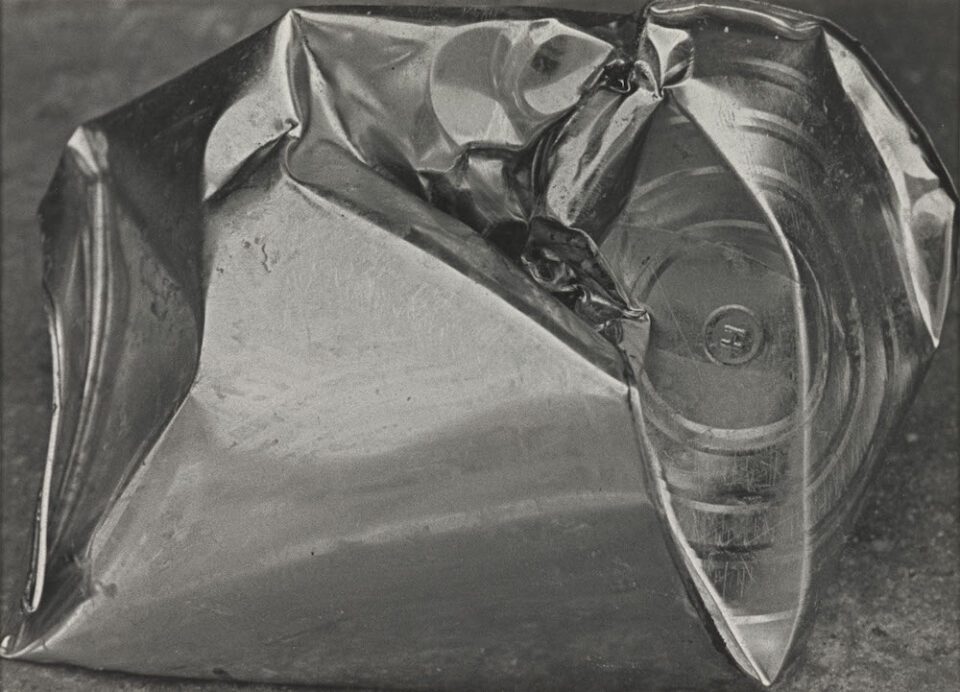
DeCarava studied art and, when he took up photography in the 1940s, it was as an information-gathering tool to help with his painting. But he soon saw the camera’s potential. Roaming the city streets with a 35mm, he captured events unfolding in his neighbourhood. Yet the work was never simply a document of the world around him. It was an intensely creative pursuit; he understood and expanded the aesthetic properties of the medium at a time when it was still some way off being fully accepted as form of fine art.
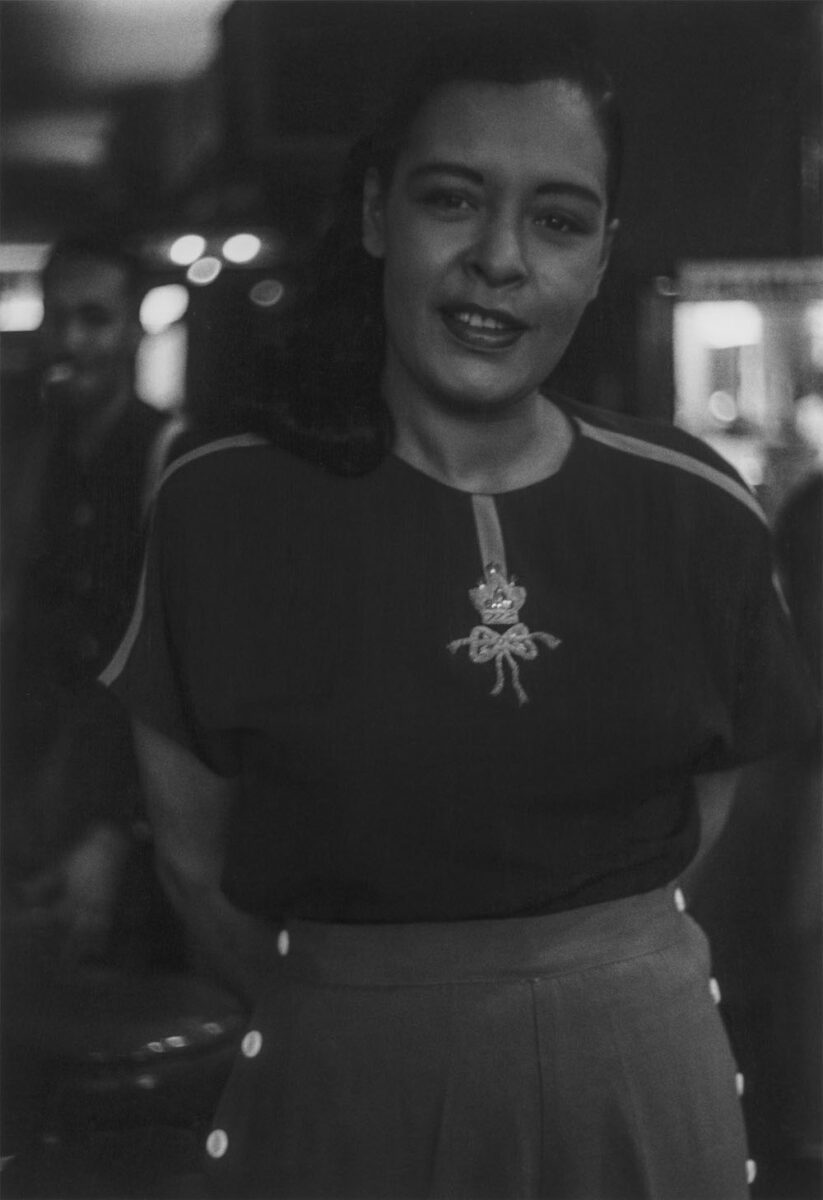
By handprinting his pictures in the darkroom, DeCarava produced silver gelatin photographs that exist now as alluring objects in themselves: incredibly rich in tonal detail and well worth seeing in person. Whether they portray jazz luminaries or unnamed passers by, his works are never black and white but instead depict an infinite universe of greys. As such, they invite viewers to look, and look again.
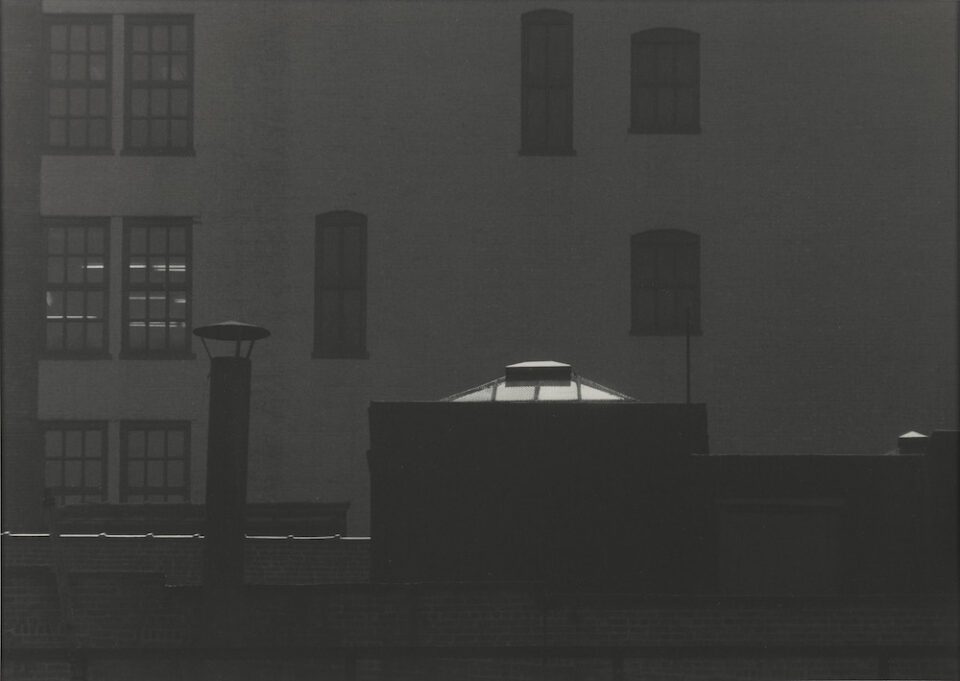
Roy DeCarava: Selected Works runs until 19 February. Find out more here.
Words: Rachel Segal Hamilton
Image Credits:
1. Two women, mannequin’s hand 1952, Roy DeCarava © The Estate of Roy DeCarava. All rights reserved. Courtesy David Zwirner
2. Bill and son 1962, Roy DeCarava © The Estate of Roy DeCarava. All rights reserved Courtesy the artist and David Zwirner Courtesy David Zwirner
3. Atomic energy in action 1963, Roy DeCarava © The Estate of Roy DeCarava. All rights reserved. Courtesy David Zwirner
4. Crushed can 1961, Roy DeCarava © The Estate of Roy DeCarava. All rights reserved. Courtesy David Zwirner
5. Billie Holiday 1952, Roy DeCarava © The Estate of Roy DeCarava. All rights reserved. Courtesy David Zwirner
6. Skylight 1965, Roy DeCarava © The Estate of Roy DeCarava. All rights reserved. Courtesy David Zwirner


